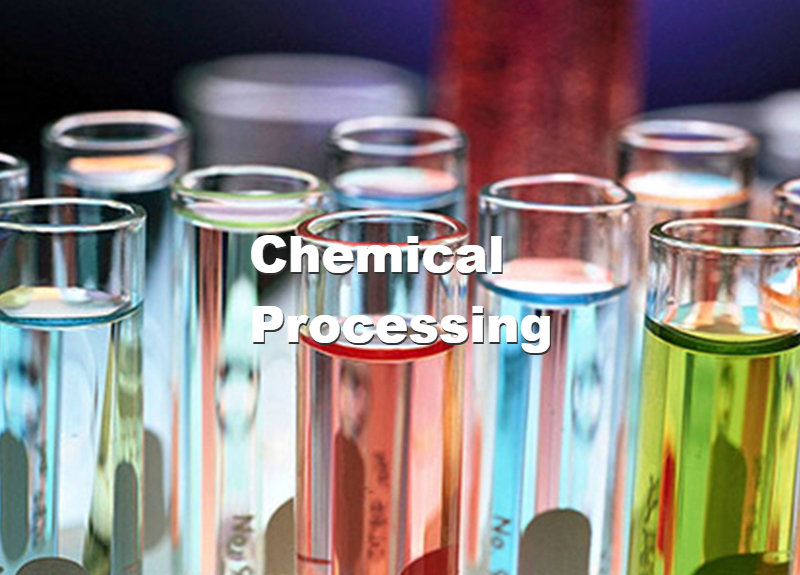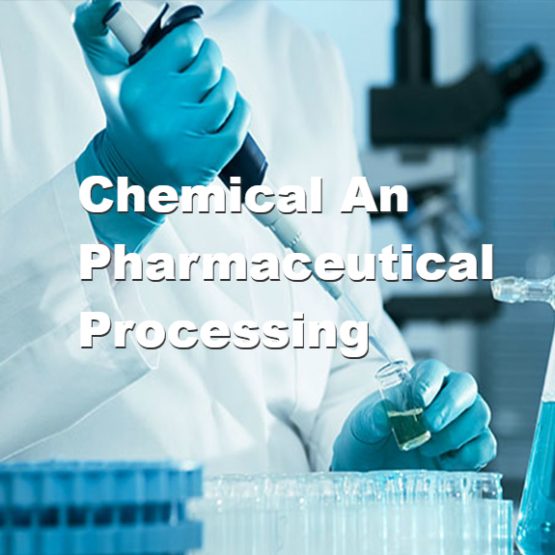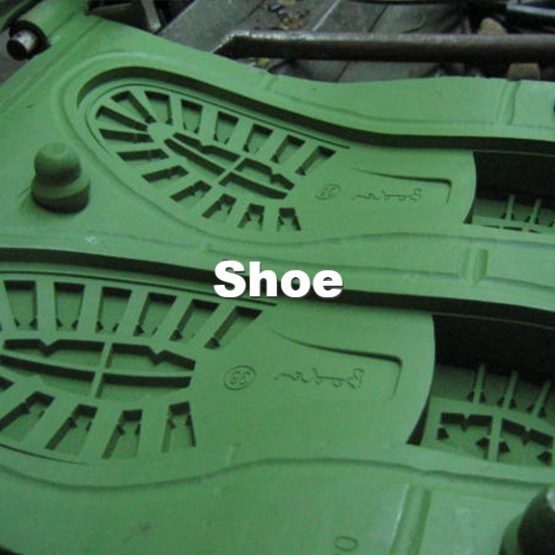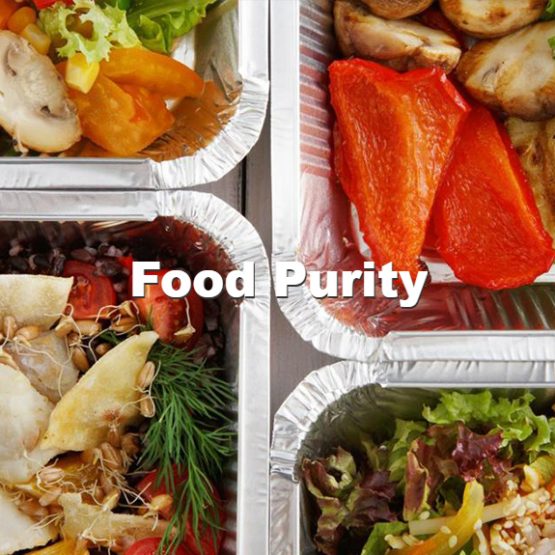Chemical Processing
Chemical Processing
Chemours Teflon industrial coatings have become an indispensable materials for engineers in the chemical processing industry, thanks to these unique properties:
- Excellent chemical resistance
- High temperature resistance
- Low permeation
- High corrosion resistance
Teflon fluoropolymer coatings are essentially chemically inert. Within the range of its temperature resistance (-270 C/-454 F to +290 C/+550 F), only very few chemicals are known to chemically react with Teflon. Unlike the limitations of metals which are normally chemical in nature, the limitations of Teflon coatings are physical in nature.
In contrast to metals, Teflon industrial coatings absorb varying quantities of materials they are in contact with. The absorbtivities in Teflon industrial coatings are unusually low, and a chemical reaction between Teflon and other substances is a rarity. However, when absorption is combined with other effects, like rapid fluctuations in temperature and/or pressure, this property will influence the serviceability of these coatings in a particular chemical environment. For instance, steam alternated with low pressure cold water will cause severe thermal and pressure fluctuations. Steam will create a pressure and temperature gradient through the coating, causing absorption of a small quantity of steam which condenses to water between the coating and the metal. When the pressure is released or when the steam is re-introduced, the entrapped water will expand to vapor, causing an original micropore. The repeated pressure and thermal cycling enlarges the micropores, ultimately causing visible water-filled blisters. The chemical barrier of the Teflon coating is still intact. However this effect is not seen in metals because metals fail mainly by corrosion. This effect is also not seen in most plastics or elastomers because temperatures above the boiling point of liquid chemicals are normally beyond their capability. This effect is new to many corrosion engineers and chemicals processors, and will require a new understanding for the proper selection, design, testing and use of Teflon.
There are corrective measures which reduce the severity of blistering. The most logical one is to use operating procedures (or devices) which limit the rate of process pressure reductions or temperature increases. But also, the thermal insulation of Teflon reduces the temperature gradient, often preventing condensation and subsequent expansion of absorbed fluids. It also reduces the speed and magnitude of temperature changes, minimizing blistering.
Permeation is a factor closely related to absorption, but is also a function of other physical effects such as diffusion and temperature. Permeation of a corrosive vapor will result in corrosion of the substrate. Because so many variables affect permeation, it is recommended to use laboratory data very carefully. With few exceptions, different Teflon coatings have little bearing and final performance. Performance is controlled primarily by design, manufacturing and quality control. Hence, the primary concern is usually with absorption since this is the property most indicative of the value-in-use of Teflon industrial coatings.
Chemicals and corrosion resistance are not the only properties important in CPI applications. The nonstick, low coefficient of friction and non-wetting properties, plus unique non-conductive qualities, have proven to create a high value-in-use for Teflon industrial coatings.



